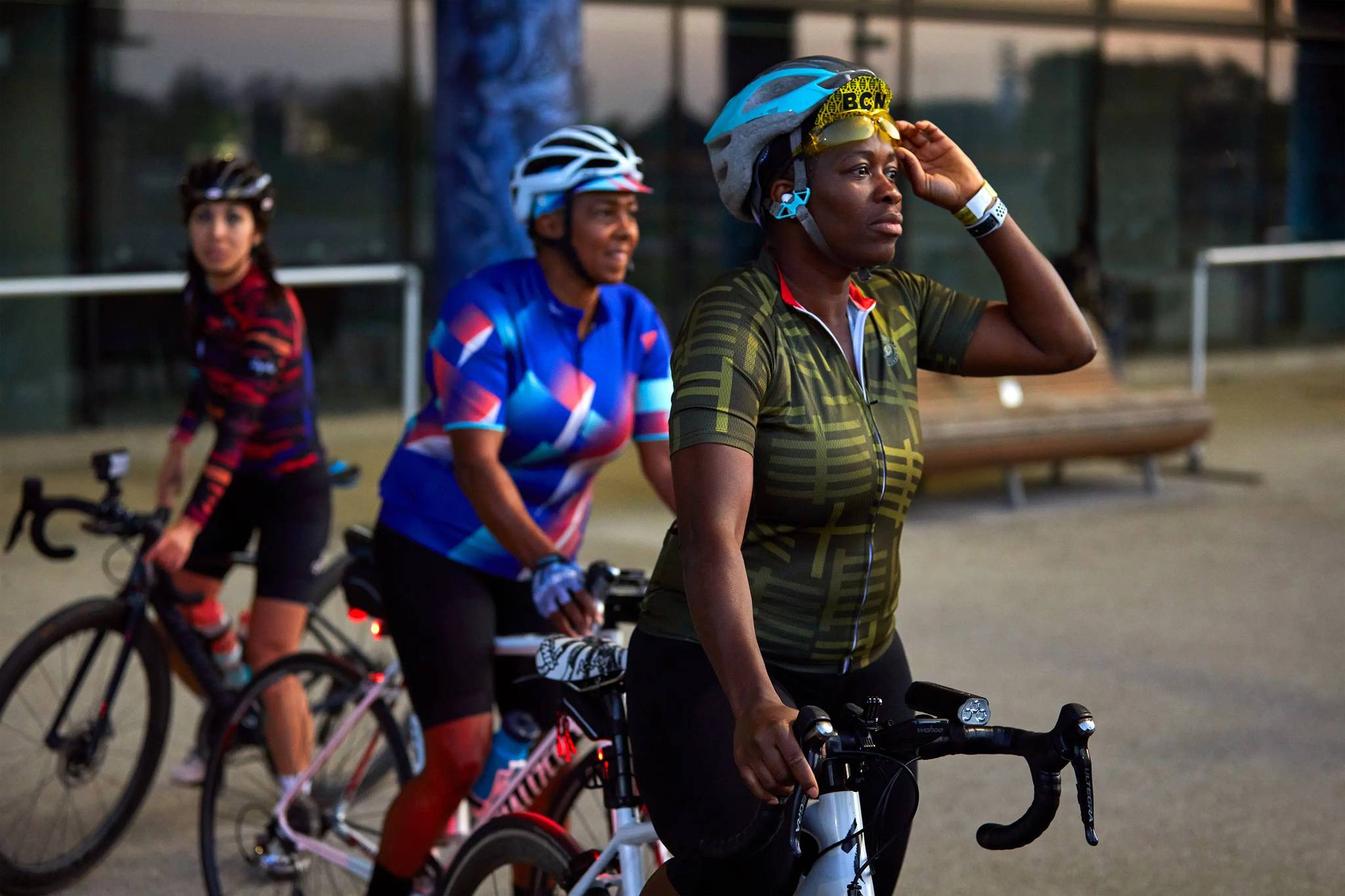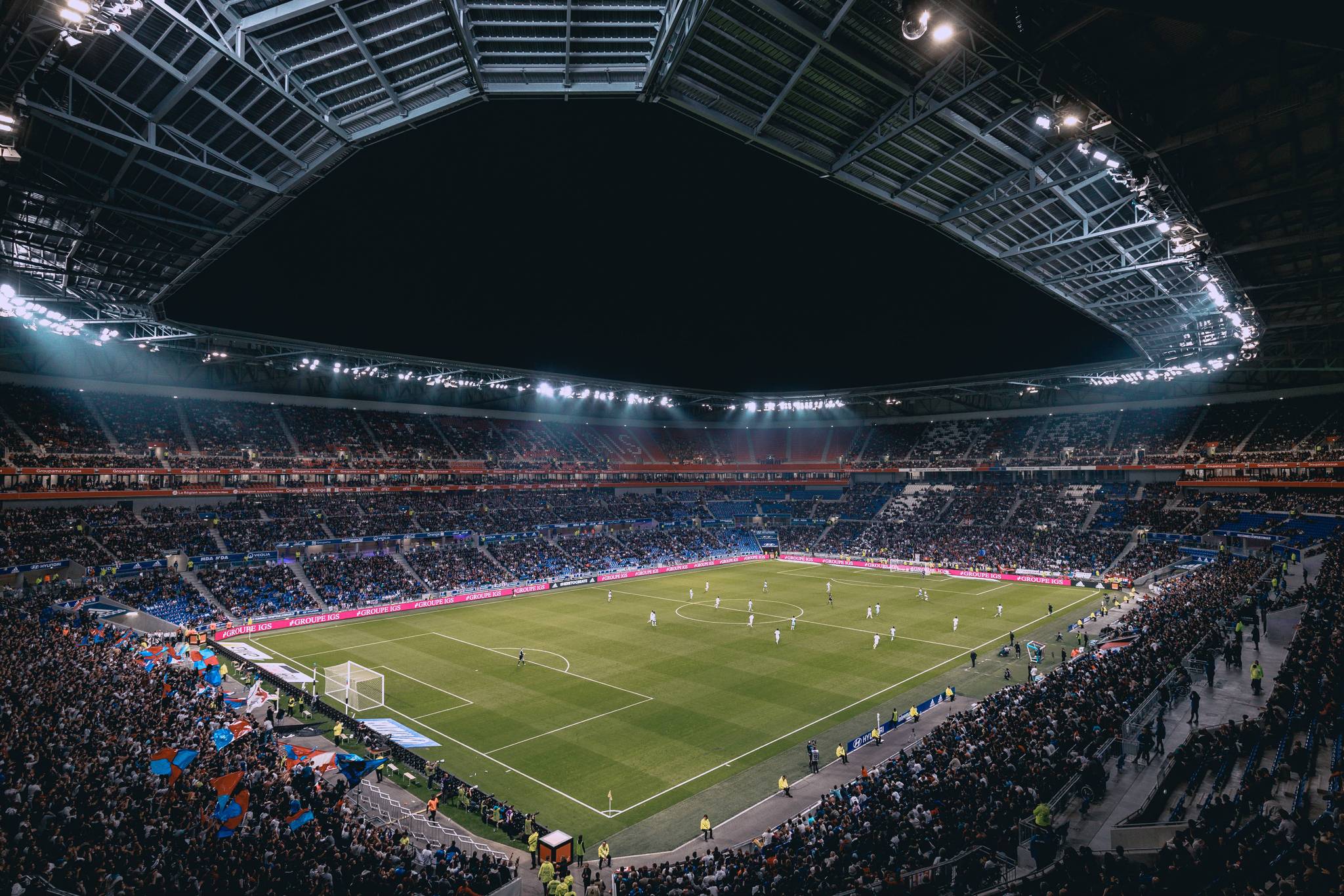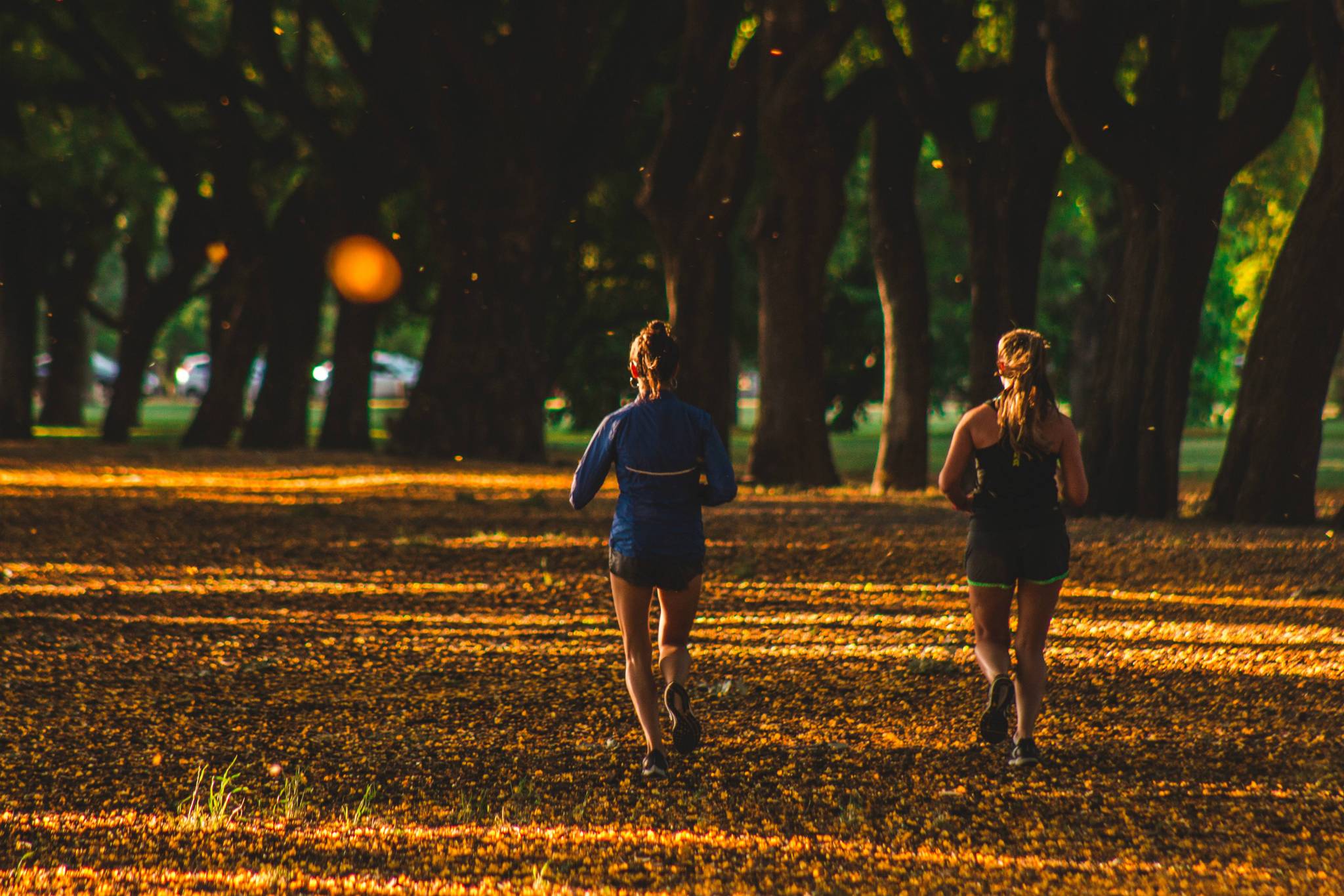
Accessibility and social inclusion in the sporting sector are limited. But as brands are setting up the future of sports to be more welcoming and inclusive, what's it going to take to encourage diverse environments where people can thrive?
Lockdowns around the world caused people to rethink their relationship with exercise and physical activity, with many beginning to reevaluate the role sports plays in their lives. Among Britons, 62% watch sports for entertainment, and 30% watch to have something to talk about, yet only 26% of Black, Asian, and minority ethnic groups in the UK have a gym membership or access to a public leisure centre. What can be done to encourage people from a diverse diaspora to take part in sports?
We spoke to Vannessa Belleau, future-focused creative business strategist, qualified executive coach, mentor, and keynote speaker, about her thoughts on building a more informed cultural presence and celebrating diversity in sports.
How can brands build a better cultural presence within sports?
It should start with building cultural intelligence. The cultural presence needs to be intentional, authentic, and reflect a truly invested effort in understanding the differences, commonalities, and specific cultural codes that link and define different groups of individuals.
As social media platforms engage people in innovative ways, how will this evolve sports fandom?
With new platforms coming out, there seems to be a democratisation of fandom. It is great to see that more people can have access to a player or sports person, it helps with breaking barriers. I hope that the future of fandom is indeed more interactive and possibly more whole, covering the mindset as well as the physical performance.
Is diverse representation at all levels the key to securing genuine change within sports?
Yes but only if the systems and behavioural codes change as well. Representation is very powerful as it silently inspires and convinces people that they can dream – yet representation cannot be the only answer. There needs to be a big acknowledgement of the barriers to entry, and a plan in place to overcome them.
Brand in action:
Glorious – a subscription-based platform catering to those interested in women’s sport – is tapping into an underserved section of the sporting world to level the playing field, building an engaged community through their editorial and commercial content.



